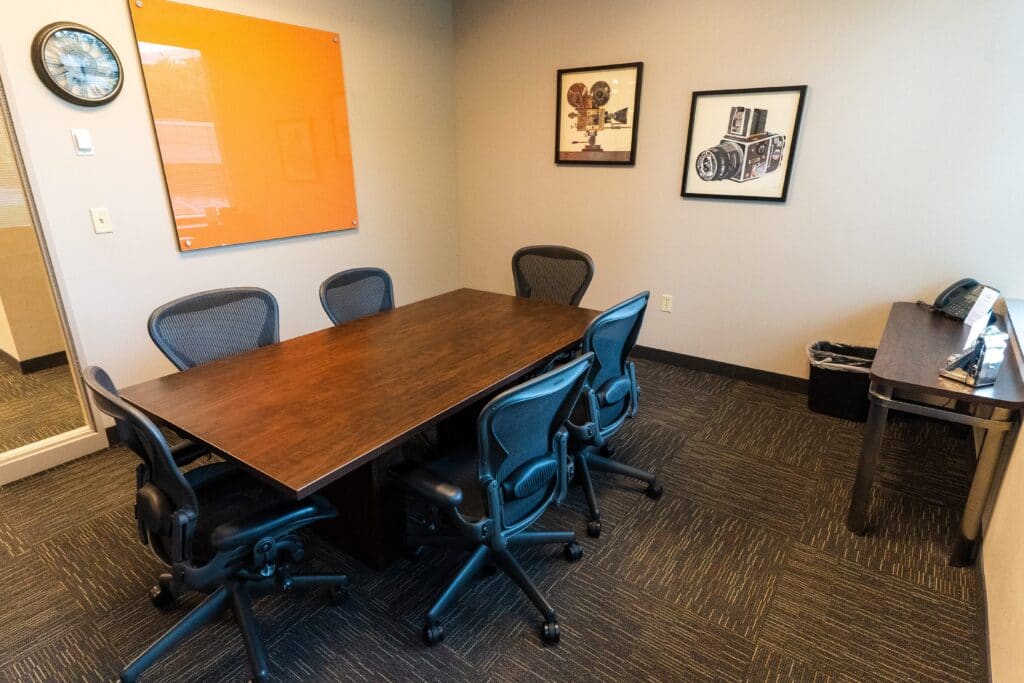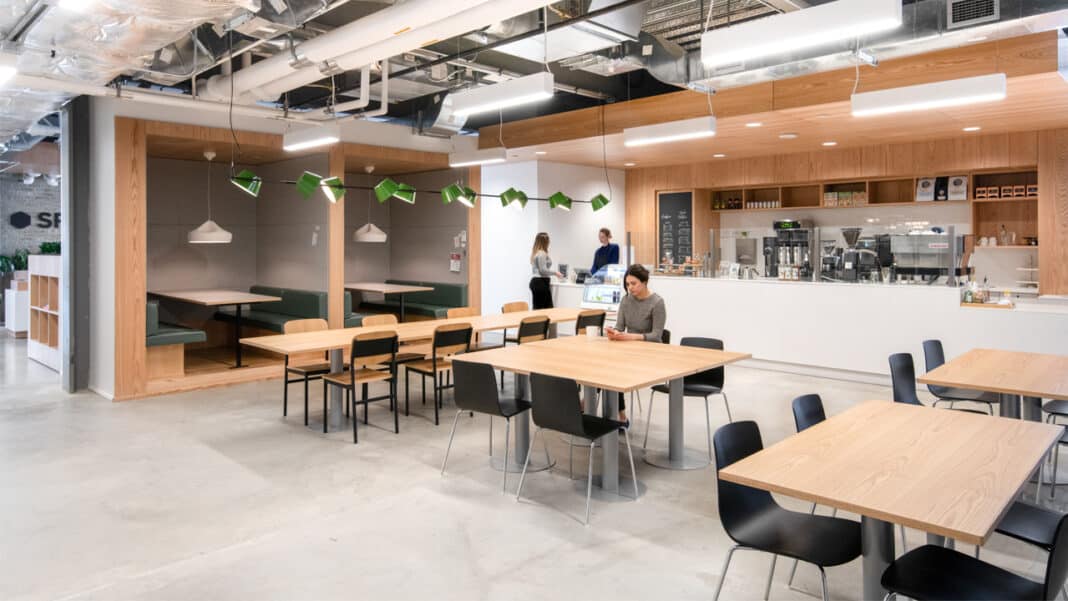No products in the cart.
Shared Working Space Workday Efficiency: Discover the Benefits of Our Shared
In today’s dynamic work environment, traditional office setups are evolving to accommodate the changing needs of professionals. Shared working spaces have emerged as a revolutionary solution, offering flexibility, convenience, and a collaborative atmosphere for individuals and businesses alike.
The Rise of Shared Working Spaces
Shared working spaces, also known as coworking spaces, are communal work environments where individuals from different backgrounds, industries, and companies work alongside each other in a shared setting. These spaces provide desks, meeting rooms, and other amenities on a membership basis.

Factors Driving Their Popularity
The increasing trend of remote work, the rise of freelancing and entrepreneurship, and the desire for a flexible work environment have all contributed to the growing popularity of shared working spaces. Additionally, the sense of community and networking opportunities offered by these spaces appeal to many professionals.
Benefits of Shared Working Spaces
Cost-effectiveness
Shared working spaces offer cost-effective solutions compared to traditional office leases. By sharing resources and amenities, individuals and businesses can significantly reduce overhead costs.
Networking Opportunities
One of the key benefits of shared working spaces is the opportunity to network with like-minded professionals. Whether it’s collaborating on projects, sharing ideas, or attending networking events, these spaces foster a sense of community and collaboration.
Flexibility and Convenience
Shared working spaces provide flexibility in terms of workspace options and membership plans. Whether you need a dedicated desk, a private office, or just a spot in a communal area, there’s a solution to fit every need. Additionally, most shared working spaces offer amenities such as high-speed internet, printing facilities, and kitchen areas, providing added convenience for members.
Enhanced Workday Efficiency
Reduced Distractions
Shared working spaces are designed to minimize distractions and create a conducive environment for productivity. With designated work areas and quiet zones, individuals can focus on their tasks without the interruptions often associated with traditional offices or working from home.
Access to Amenities
From ergonomic furniture to state-of-the-art technology, shared working spaces offer access to amenities that enhance productivity and comfort. Whether it’s a standing desk, a cozy lounge area, or a fully equipped meeting room, members have everything they need to work efficiently.

Collaborative Environment
The collaborative nature of shared working spaces encourages interaction and knowledge sharing among members. Whether it’s bouncing ideas off each other, seeking feedback, or collaborating on projects, the diverse community within these spaces fosters creativity and innovation.
Optimizing Productivity in a Shared Working Space
Effective Time Management Strategies
Managing time effectively is crucial in a shared working space environment. Setting specific work hours, prioritizing tasks, and minimizing distractions can help individuals make the most of their time and stay productive throughout the day.
Setting Clear Goals
Setting clear and achievable goals is essential for staying focused and motivated in a shared working space. Whether it’s daily, weekly, or monthly goals, having a roadmap can help individuals stay on track and measure their progress effectively.
Utilizing Technology Tools
In today’s digital age, technology plays a vital role in optimizing productivity. From project management tools to communication platforms, utilizing the right technology can streamline workflow and facilitate collaboration in a shared working space.
Cultivating a Positive Work Environment
Building a strong sense of community is essential for creating a positive work environment in shared working spaces. Organizing social events, networking opportunities, and community activities can help foster connections and relationships among members.
Encouraging Collaboration
Encouraging collaboration and teamwork is key to maximizing the potential of shared working spaces. Whether it’s through group projects, brainstorming sessions, or knowledge sharing initiatives, collaboration can lead to innovative ideas and solutions.
Dealing with Challenges
While shared working spaces offer numerous benefits, they also come with their own set of challenges. From noise distractions to conflicts with other members, addressing these challenges proactively and finding solutions is essential for maintaining a productive and harmonious work environment.
Location Considerations
When choosing a shared working space, location is a crucial factor to consider. Whether it’s proximity to public transportation, amenities, or your target market, selecting a convenient location can enhance accessibility and convenience.
Facilities and Amenities
Assessing the facilities and amenities offered by a shared working space is essential for ensuring a comfortable and productive work environment. From high-speed internet and ergonomic furniture to meeting rooms and event spaces, consider your specific needs and preferences when evaluating different spaces.
Budget Considerations
Finally, budget considerations play a significant role in choosing the right shared working space. Compare membership plans, pricing structures, and additional fees to find a solution that fits within your budget without compromising on quality or amenities.
Conclusion
Shared working spaces offer a myriad of benefits, from cost-effectiveness and networking opportunities to enhanced productivity and collaboration. By providing a conducive work environment and access to amenities, these spaces empower individuals and businesses to thrive in today’s competitive landscape.


 WhatsApp Us 24/7
WhatsApp Us 24/7